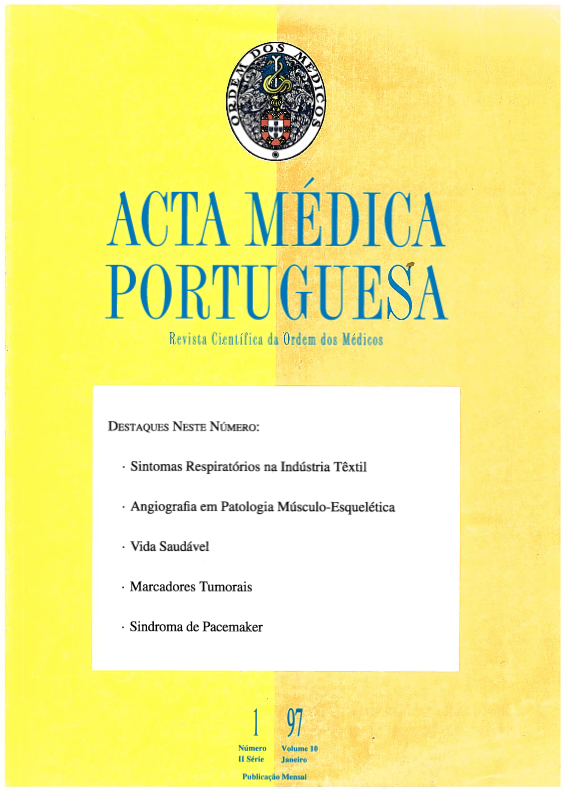Familial infection by the hepatitis C virus.
DOI:
https://doi.org/10.20344/amp.2379Abstract
The aim of this study was to evaluate the prevalence of the antibody to hepatitis C virus (HCV) in the relatives of cases of asymptomatic chronic hepatitis C infection, detected during routine blood donation, and determine risk factors for the presence of the infection in the family setting. Two hundred and eighty-five relatives (spouses, offspring, siblings and parents) of 87 index cases were studied. Anti-HCV was detected using second generation ELISA and RIBA tests. The overall prevalence of anti-HCV in the studied population was 6.7%, higher in spouses (11.7%) and lower in the offspring (2.1%). The presence of HCV RNA was detected in 12 of 45 index cases, using nested PCR. No increased risk of infection was found in the relatives of cases with HCV-RNA positivity. Using a logistic regression model, four factors were identified as significantly associated with an increased risk of hepatitis C in the relatives: the age of the index case, and, as characteristics of the relatives, male gender, past or ongoing hepatitis B virus infection, and being a spouse of an index case.Downloads
Downloads
How to Cite
Issue
Section
License
All the articles published in the AMP are open access and comply with the requirements of funding agencies or academic institutions. The AMP is governed by the terms of the Creative Commons ‘Attribution – Non-Commercial Use - (CC-BY-NC)’ license, regarding the use by third parties.
It is the author’s responsibility to obtain approval for the reproduction of figures, tables, etc. from other publications.
Upon acceptance of an article for publication, the authors will be asked to complete the ICMJE “Copyright Liability and Copyright Sharing Statement “(http://www.actamedicaportuguesa.com/info/AMP-NormasPublicacao.pdf) and the “Declaration of Potential Conflicts of Interest” (http:// www.icmje.org/conflicts-of-interest). An e-mail will be sent to the corresponding author to acknowledge receipt of the manuscript.
After publication, the authors are authorised to make their articles available in repositories of their institutions of origin, as long as they always mention where they were published and according to the Creative Commons license.









